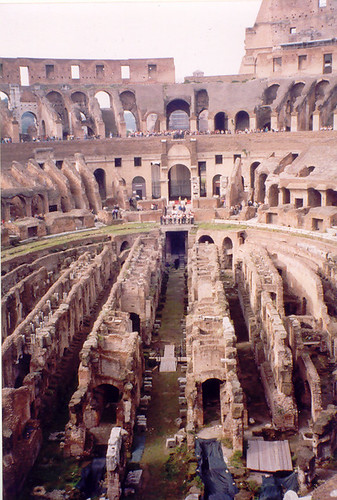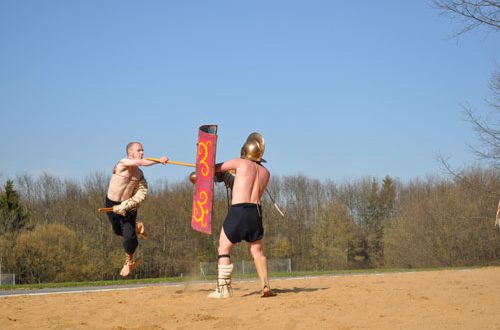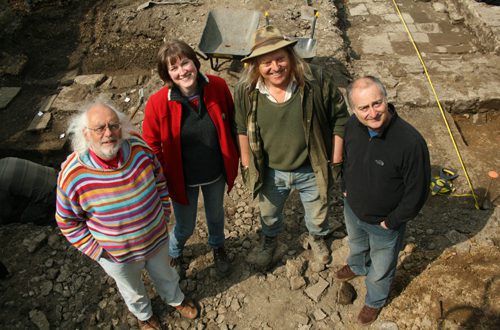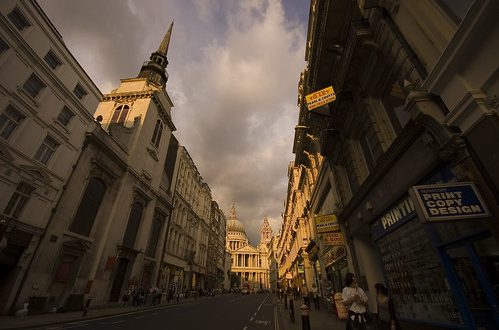The Colosseum may be almost 2,000 years old, but it’s certainly not letting the grass grow under its feet. New initiatives are continuing to draw tourists to the Flavian Amphitheatre, the most recent of which is the restoration of the corridors beneath the amphitheatre, where wild animals, slaves and gladiators would have waited prior to being lifted onto the the arena floor.
According to this BBC report, the sum of 23 million euros is being spent on restoring the Colosseum and preparing the network of underground tunnels, which will be opened to the public later this year.
The network of tunnels under the main arena floor consisted of several corridors with varying functions. One tunnel is thought to have led straight to the Ludus Magnus, the gladiatorial training school next to the Colosseum. Other passageways would have stored animals, some of which would have been imported from northern Africa, while others were designated as exit routes for disposing of dead bodies after the shows.
About six million tourists visit the Colosseum each year and, despite the standard entrance price of 12 euros (which includes entrance to the Roman Forum and the Palatine Hill) the monument is still underfunded.
Other initiatives that have recently attracted attention to Rome’s most famous monument include an exhibition on authentic replica gladiator weapons and armour, as well as a visit from Russell Crowe, who played the title role in Ridley Scott’s film Gladiator, who was accompanied another famous Roman Francesco Totti, captain of AS Roma.
Last month (9 May) a piece of the Colosseum fell off, but no one was hurt. The news would have come as a worrying development for Rome’s archaeological authorities, following the collapse of part of the structural complex of the Domus Aurea in March.





